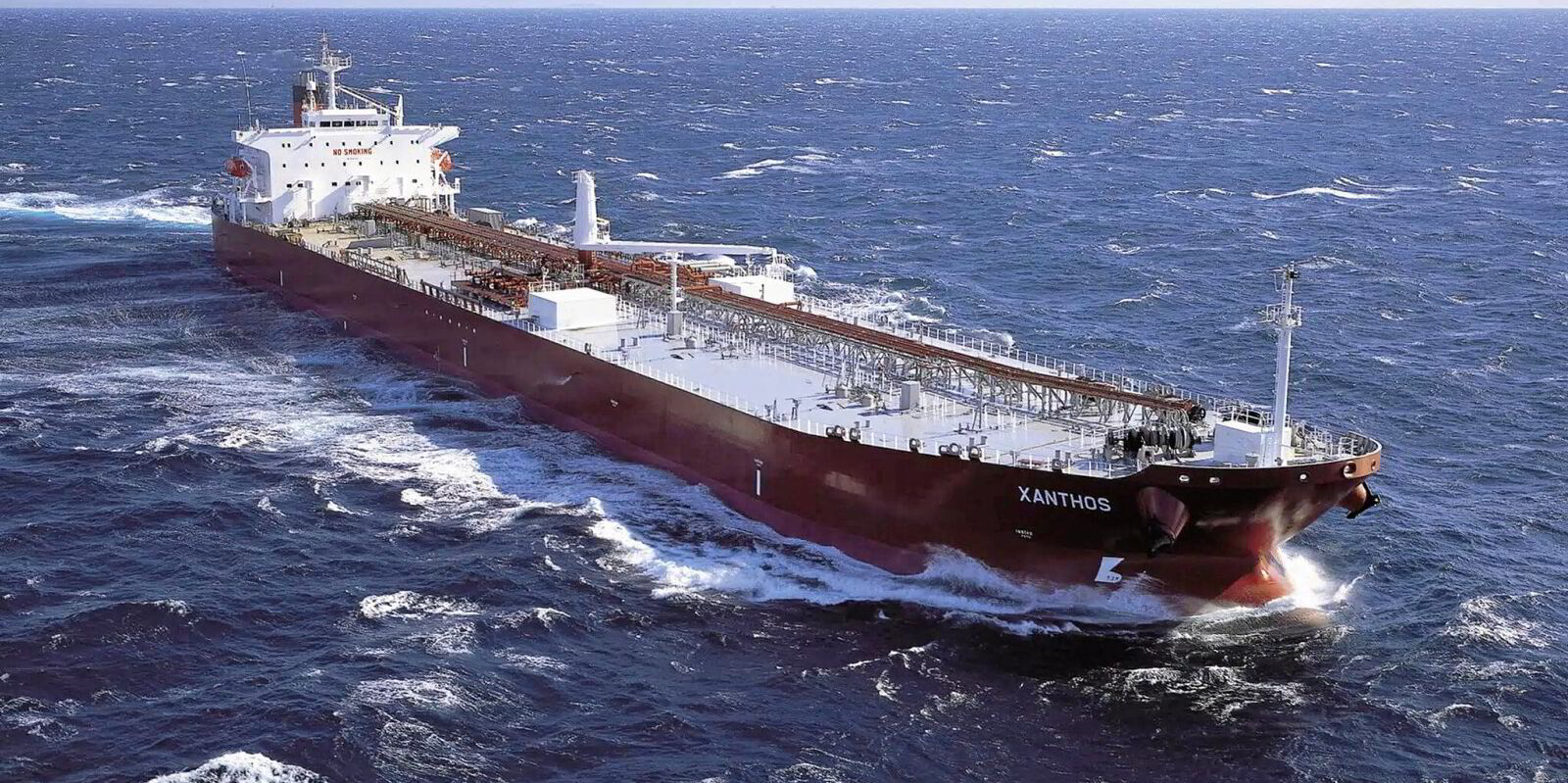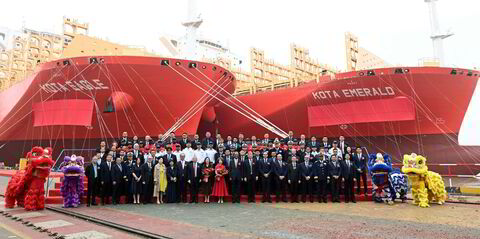Greek tanker owner Pleiades Shipping Agents has broken its tradition of ordering newbuildings in South Korea and Japan.
It has gone to China for the first time to order up to four LR1s at New Times Shipbuilding.
Shipbuilding sources said the private Greek company has struck a deal for two firm vessels, plus two options.
Pleiades is believed to have ordered the 73,000-dwt product tankers as part of its fleet renewal.
It has five Sumitomo-built panamax product carriers on the water, of which four were built in 2006 and one in 2005.
Sources said it has ordered conventionally fuelled ships and is believed to be paying around $55m each.
A competitive newbuilding price and relative early delivery dates are said to have lured Pleiades to turn to China.
It is scheduled to take delivery of the firm LR1 tankers in 2027. If it declares the options, delivery for that pair will be in 2028.
Pleiades will be the second company to have ordered LR1s at New Times this year. Tsakos Energy Navigation was the other.
According to Clarksons’ Shipping Intelligence Network, the orderbook for LR1s sits at 57 vessels, about 15% of the trading fleet.
UK broker Gibson said the LR1 market has been referred to as a dying sector, with investment in new tonnage close to zero for many years. It said nine newbuildings were ordered from 2016 to 2022.
Gibson said tonne-miles for LR1 tankers have declined by 2.5% over the past five years, while LR2s have surged by nearly 29%.
“Evidently the LR1/panamax sector is being left behind by demand growth for other sectors, with numerous factors driving this trend,” it said.
“The expansion of refining capacity East of Suez and corresponding contraction in the West has tended to favour LR2s, which typically offer better economies of scale.
“This trend in long haul products trade has also been amplified by supply chain disruptions following the war in Ukraine.
“Changes to vacuum gasoil and fuel oil flows have shifted demand away from panamaxes in recent years, whilst the expanded Panama Canal has meant aframaxes are more competitive in reaching the US West Coast.”
Gibson said despite challenging demand fundamentals, the supply-side outlook for LR1s remains supportive, with the number of ships turning 20 years old far exceeding those being delivered.
It said 16.5% of the LR1 fleet will be more than 20 years old by the end of this year, and estimates that almost half of the trading fleet will be more than 20 years old by 2028.
“Whilst cannibalisation from other sizes remains a threat, demand is unlikely to decline by the same degree, warranting further investment in the sector,” the broker said.





